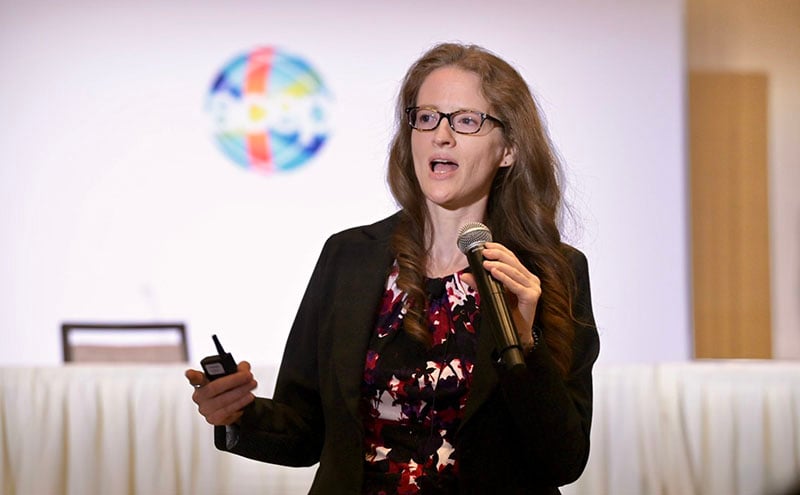When emergency departments fill beyond capacity, some tough questions come up for emergency physicians.
In Monday’s James D. Mills Memorial Lecture, “(Not) Up Next: Waiting Room Medicine,” Diana Nordlund, DO, JD, FACEP, tackled some of these - from concerns about protocol and physician responsibility to documentation, and more.
“Document what you did and why you did it,” she said.
ACEP has a policy on waiting room medicine, Dr. Nordlund noted. Still, it may not always be clear in practice where physician responsibility begins and ends in many scenarios.
There are some common traps associated with waiting room medicine. “It’s easy to inadvertently fixate on information from the waiting room encounter,” Dr. Nordlund said.
Questions can also arise about who should see a patient in certain circumstances, especially when bandwidth is an increasingly challenging issue.
“When residents and attendings see patients together, that mitigates risks. [Residents] should do it with oversight so they can learn and be ready,” Dr. Nordlund said.
The audience participated in a robust discussion about tools and solutions that can help enhance patient care in these circumstances, such as ultrasound, as well as identifying gaps in knowledge that could inform decisions related to waiting room medicine. “There’s a lot more data available on patient satisfaction than on outcomes and risks,” Dr. Nordlund said.
Dr. Nordlund interacted with the crowd, leading a provocative discussion on the promise and potential pitfalls of using artificial intelligence (AI) in the waiting room. AI opens the door to numerous opportunities, Dr. Nordlund said, but there are still many questions that surround the practical application of these types of tools.
Physicians who want to use AI will navigate a sea of considerations that include bias, privacy, security, and informed consent, she said. One complex question is, if AI is used to gather health information, is a physician-patient relationship established?
“That’s a hard question in the context of liability,” Dr. Nordlund said.
AI has the potential to reduce pressures felt by most emergency physicians at various points. A new ACEP Task Force on AI is beginning to look at different care models and how they may improve outcomes and throughput.
Dr. Nordlund, elected to the ACEP Board of Directors on Saturday, advised the room to keep an eye on ACEP initiatives that protect emergency physicians’ careers and use technology to optimize their expertise.
“I’m interested in how we preserve our bandwidth, advance patient care, and continue to do the things that only we can do,” she said.



